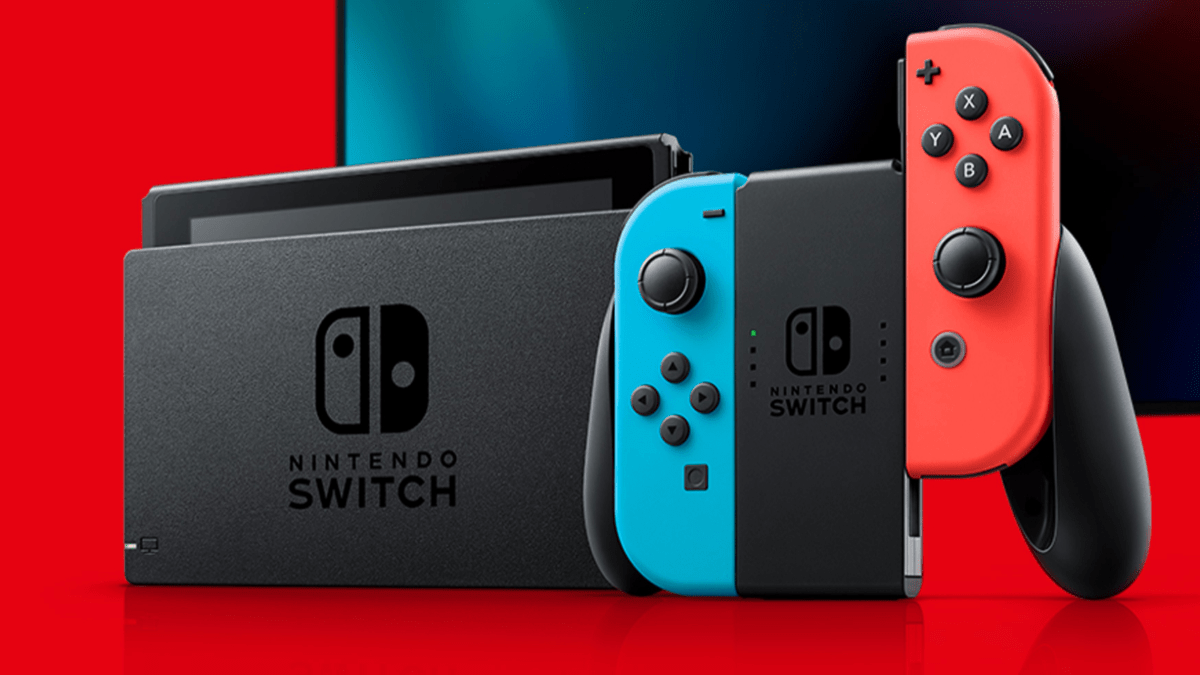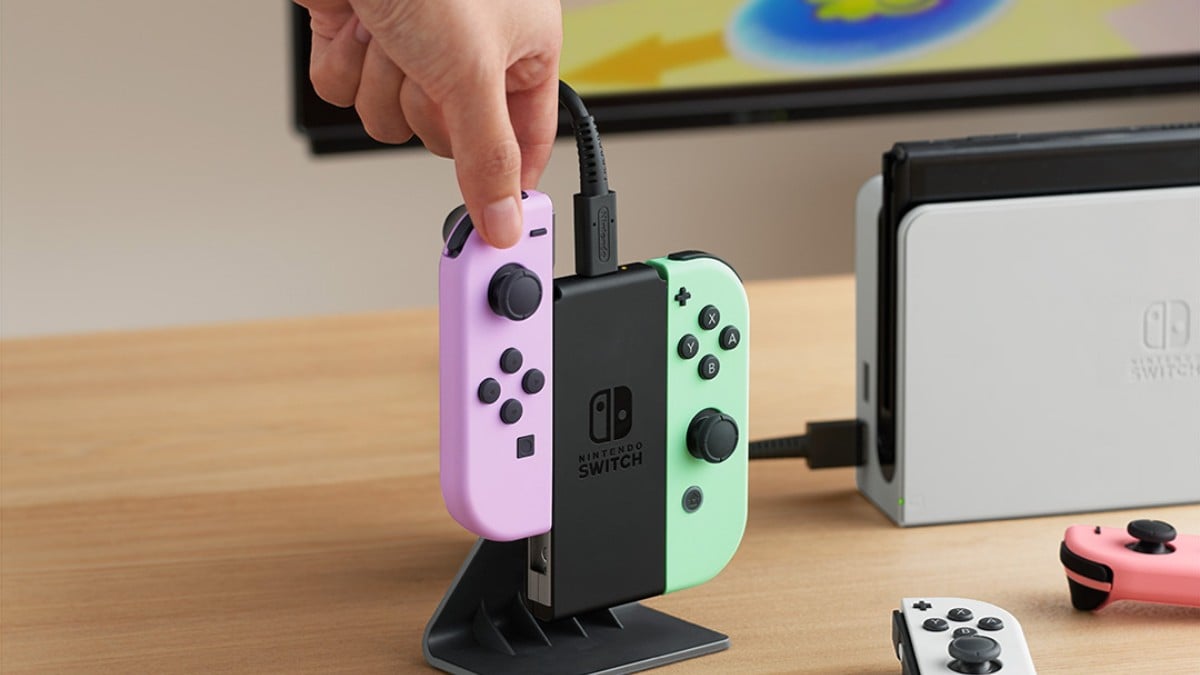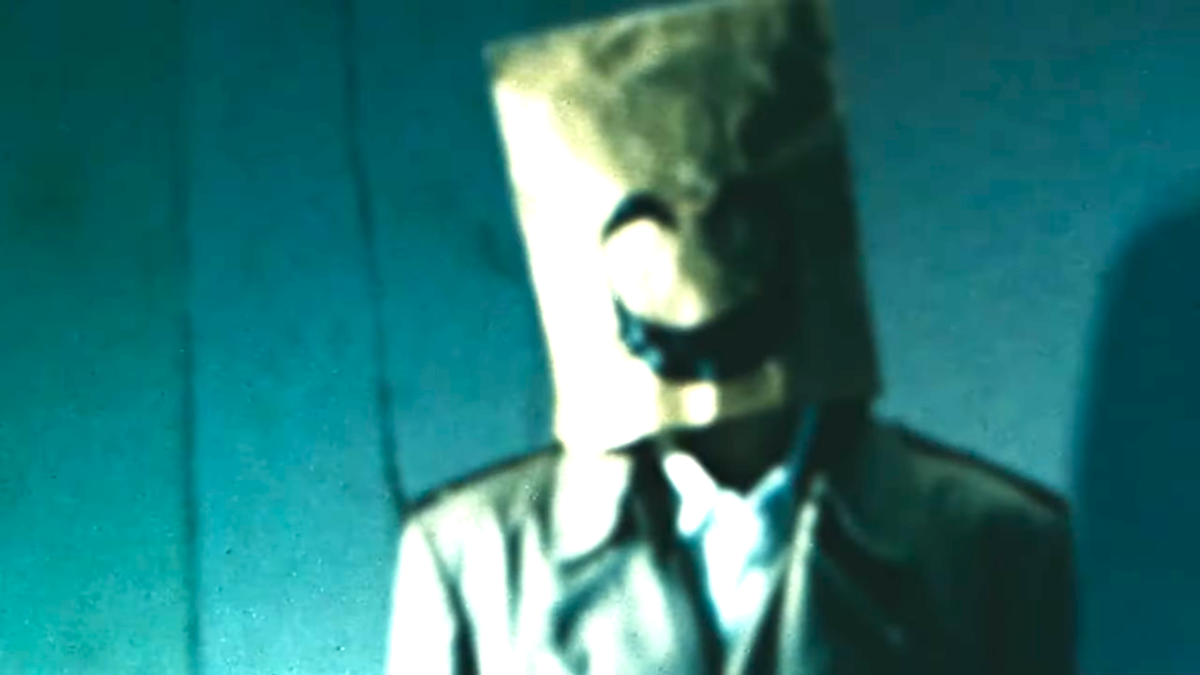While the concept of a small, furry animal piloting a large, threatening mech is a little bit, uh, *holds up spork,* Gato Roboto managed to win me over from its first reveal. I just loved the dumb little cat, the music, and that killer logo (so much so I set it as my phone wallpaper for a while). Plop a Devolver Digital splash screen in the trailer and I was sold.
Promising a small but tightly designed “Catroidvania” (Christ), Gato Roboto holds up its end of the bargain pretty well. It’s small, sure, but there’s some charm here that, while sort of stock-standard for this kind of indie title, managed to give its cold black and white art style some warmth. There aren’t any big surprises, but I found it pretty refreshing to sit down and knock out in just a handful of hours thanks to some great pacing.
Kiki, our protagonist, must explore the derelict research facility at coordinates 42069 in an effort to save her master, who is trapped in their ship after a crash landing. The dialogue is cheeky and self-aware in a way that is honestly starting to feel more trite than funny nowadays, but at the very least it’s only a short time before Kiki finally gets in the robot. From here you’ll blast your way through frogs, frogs and more frogs as you exit the starting area, collecting the federally mandated missile upgrade on the way.

The combat in Gato Roboto is an obvious strength. Interestingly, how many missiles you can blast enemies with isn’t determined by ammo count. Rather, there’s an overheat mechanic that only allows two to be fired in rapid succession before needing to cool. I really liked this little innovation, especially since the mech’s starting gun is all but worthless in the face of long-range foes. The heat gauge is represented on the outer border of the game’s unorthodox UI, which shrinks the play area to display all sorts of worthless but cool looking information like time played, Kiki’s expression, and radar.
I lied earlier, you fight more than just frogs in the game. Actually, there are some pretty sweet boss battles against a talking rat, living furnaces, and nonliving gun turrets. The rat fights are a huge highlight, each sporting a wonky but intensely catchy fight song and capitalizing on the game’s movement and mechanics at the end of each major zone. These can be a bit of a roadblock compared to the rest of the combat, but checkpoints are frequent. You will have to mash your way through all the dialogue leading up to the fight on every retry, though, half of which usually consists of the words “Meow” or “Squeak.”
All told there’s not much meat to Gato Roboto, and this is both a good and bad thing. Axiom Verge made me want to barf with all its backtracking through annoying-enemy laden zones, and thankfully there’s none of that here. At worst you’ll find yourself zipping a few screens away to collect a health boost or color palette since every major upgrade is mandatory and unmissable. This gives Gato more of a Mega Man vibe than Metroid, as each zone has a clearly defined objective culminating in a boss fight. It does beg the question of why it was designed as an open map at all, especially when there are few opportunities for exploration, let alone getting lost.

Those mandatory upgrades I mentioned earlier consist of a double jump (think screw attack), dash, and cooling unit for your missiles. While few in number, each upgrade vastly impacts your options in combat, and the boss fights capitalize on these wonderfully. So, once again, think Mega Man, not Metroid. You’re using new powers to push your way forward, and very rarely to backtrack for smaller upgrades. This plays into the pacing of Gato Roboto, which manages to capture most of the feeling of the genre without playing into one of its core facets.
Taking the backtracking and exploration out of a Metroidvania slims it down quite a bit. Gato Roboto is a short game, about 3-4 hours if you take your time, which explains its low price of $8. If you like the sound of a trimmed-down title with some great game feel, a wonderfully unique soundtrack, and some serviceable combat, don’t hesitate. For the rest of you – I’ll just say “dog people” – just know what you’re getting into and there’s plenty reason to give it a go.
This review is based on the Nintendo Switch Version of the game. A copy was provided by Devolver Digital.








Published: May 31, 2019 09:59 am